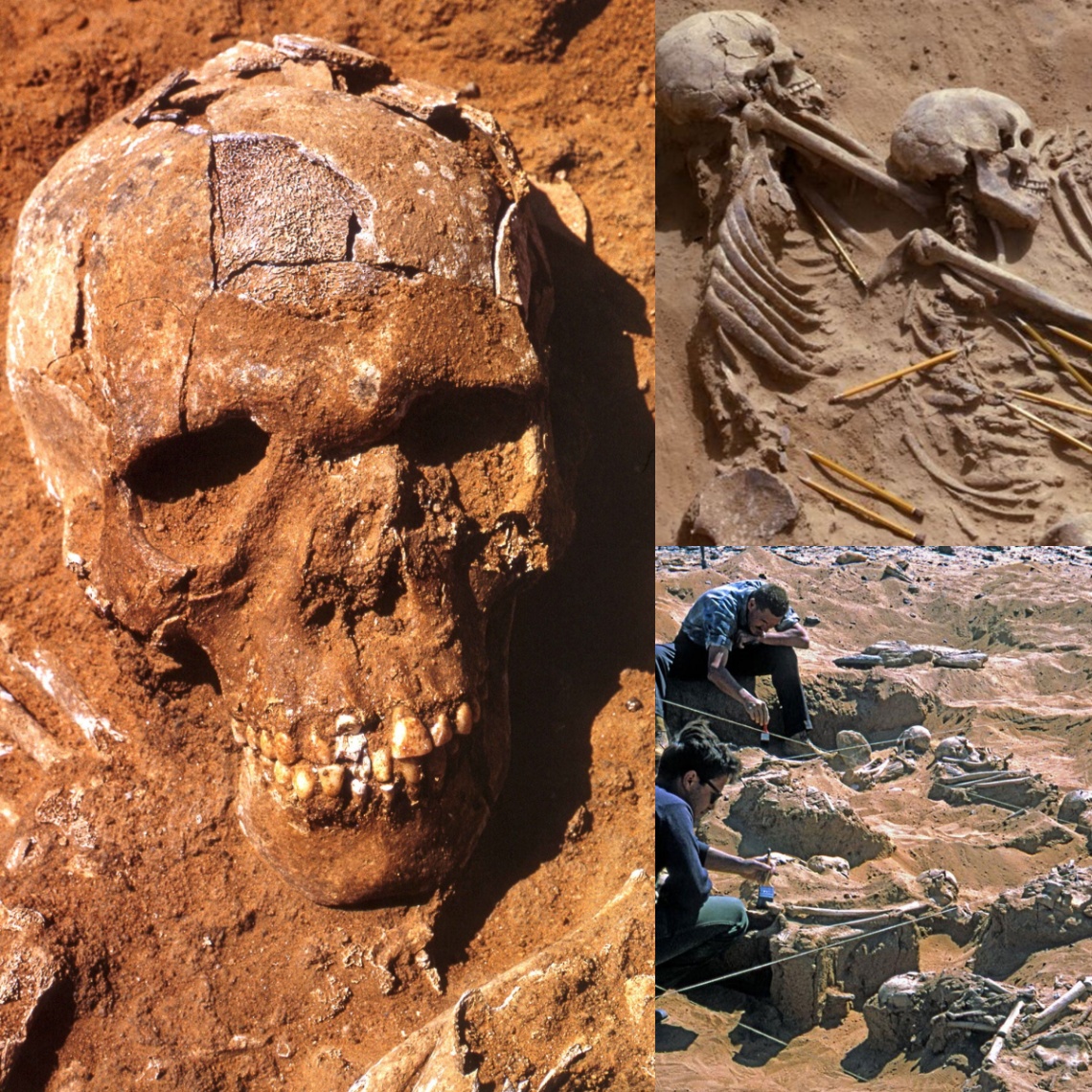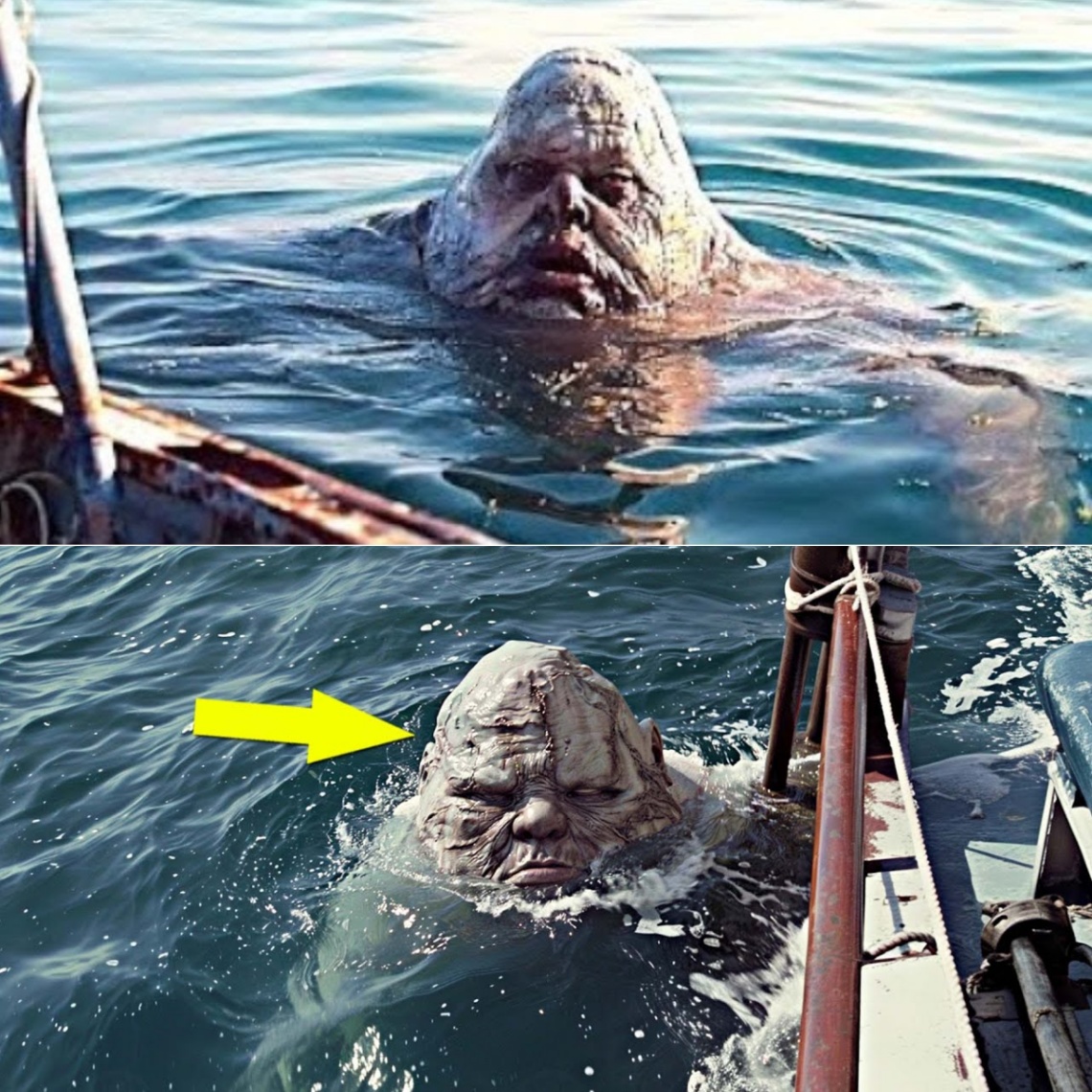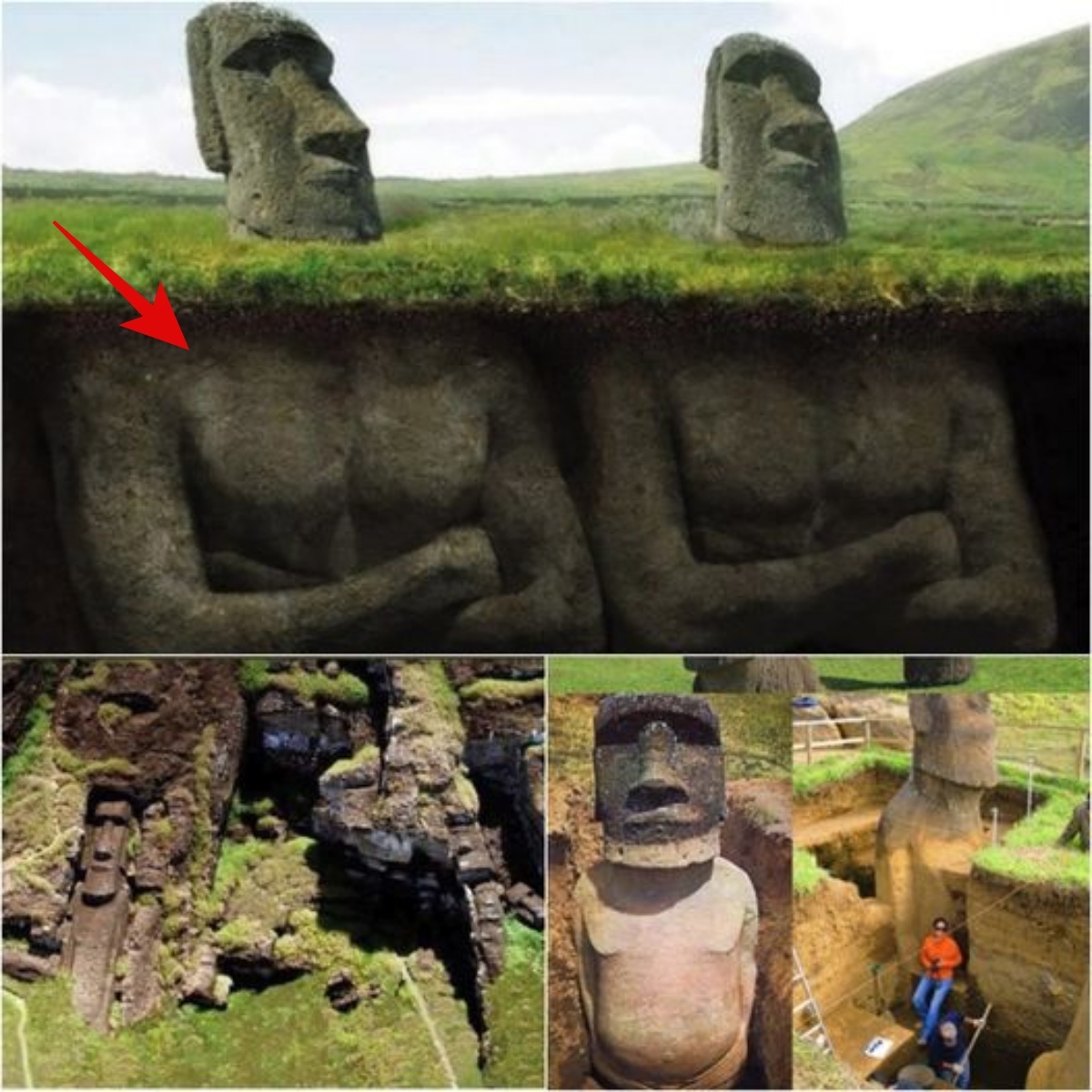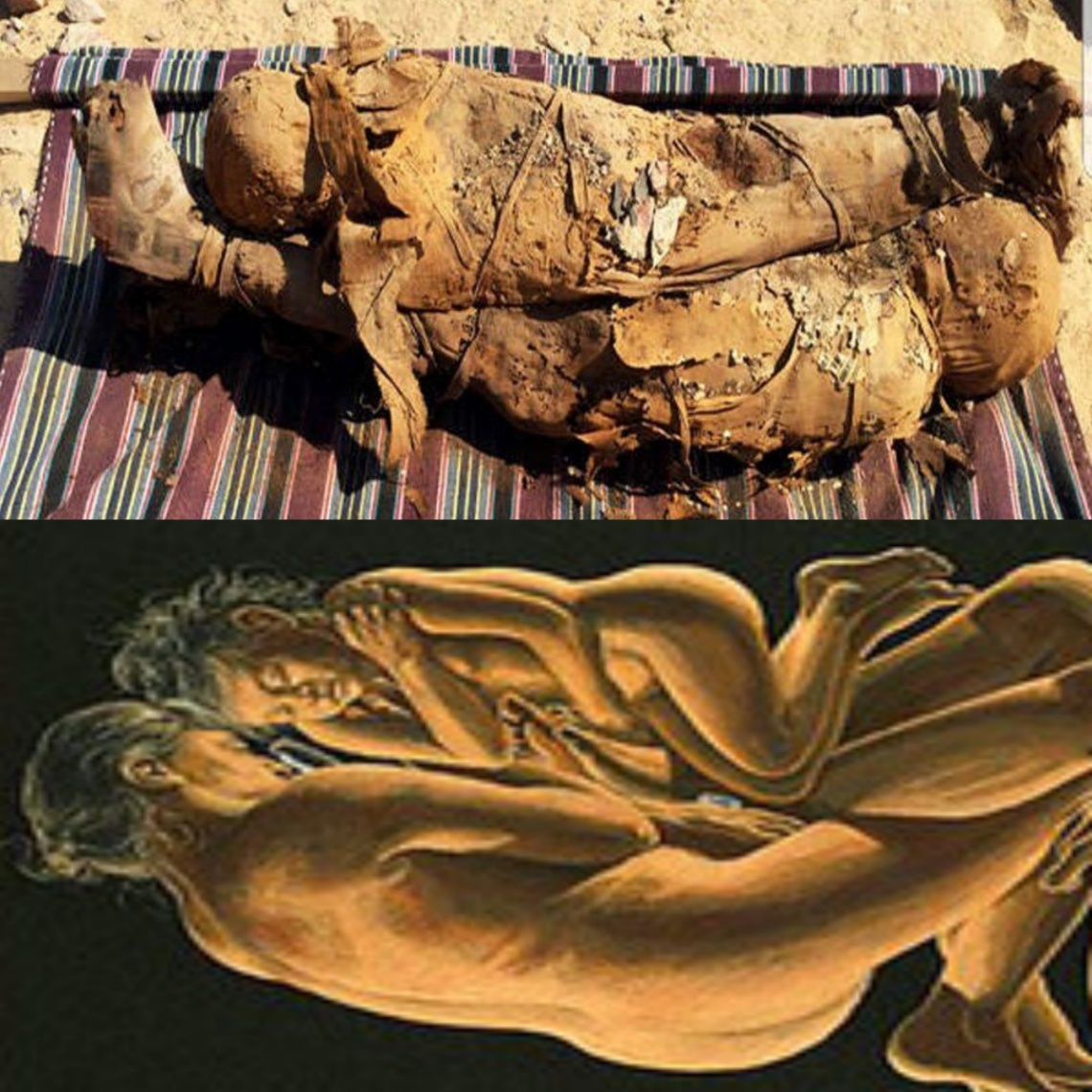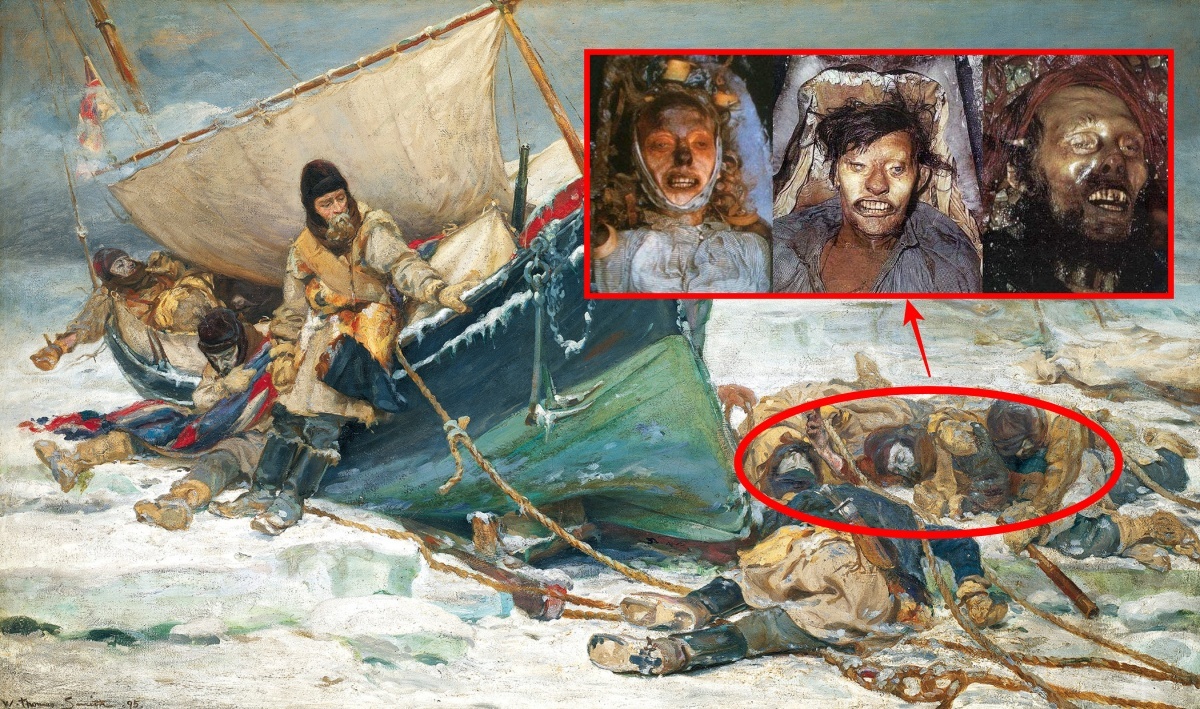The assertion that the ancient Egyptians were extraterrestrial beings, as purportedly depicted in an ancient painting, has sparked a wave of intrigue and speculation, creating a stir in the realms of both archaeology and extraterrestrial studies. The alleged revelation, stemming from an ancient artwork, has fueled conspiracy theories, triggering a blend of fascination and apprehension about the possibility of an otherworldly connection to one of the world’s oldest civilizations.
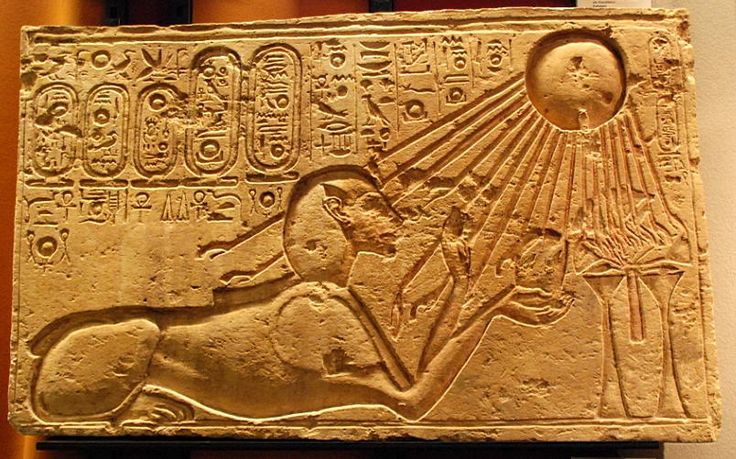 The purported ancient painting, shrouded in mystery, has been touted as a potential catalyst for reconsidering the origins of the ancient Egyptians. Claims suggest that the artwork, hidden in the recesses of time, portrays figures with distinctly non-human features, prompting some to assert that these depictions bear an uncanny resemblance to the popularized imagery of extraterrestrial beings.
The purported ancient painting, shrouded in mystery, has been touted as a potential catalyst for reconsidering the origins of the ancient Egyptians. Claims suggest that the artwork, hidden in the recesses of time, portrays figures with distinctly non-human features, prompting some to assert that these depictions bear an uncanny resemblance to the popularized imagery of extraterrestrial beings.
As the speculation gained momentum, it triggered a global discussion and, in some circles, panic about the implications of such a revelation. The idea that the ancient Egyptians were not solely a product of terrestrial evolution but may have had extraterrestrial origins challenges established narratives and opens the door to a myriad of questions regarding the nature of human history and interaction with potential cosmic entities.
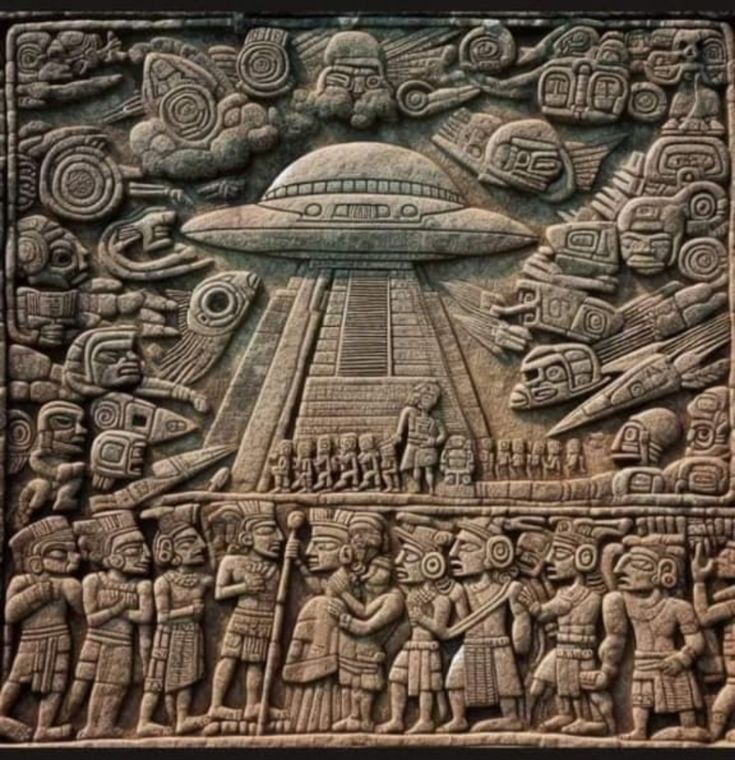 The alleged painting has not only become a focal point for proponents of ancient astronaut theories but has also ignited debates within the scientific and archaeological communities. Skeptics argue that interpretations of ancient artwork can be subjective and influenced by cultural, symbolic, or religious contexts prevalent in the era when they were created. They emphasize the importance of careful analysis and scholarly scrutiny before drawing conclusions that deviate from established historical perspectives.
The alleged painting has not only become a focal point for proponents of ancient astronaut theories but has also ignited debates within the scientific and archaeological communities. Skeptics argue that interpretations of ancient artwork can be subjective and influenced by cultural, symbolic, or religious contexts prevalent in the era when they were created. They emphasize the importance of careful analysis and scholarly scrutiny before drawing conclusions that deviate from established historical perspectives.
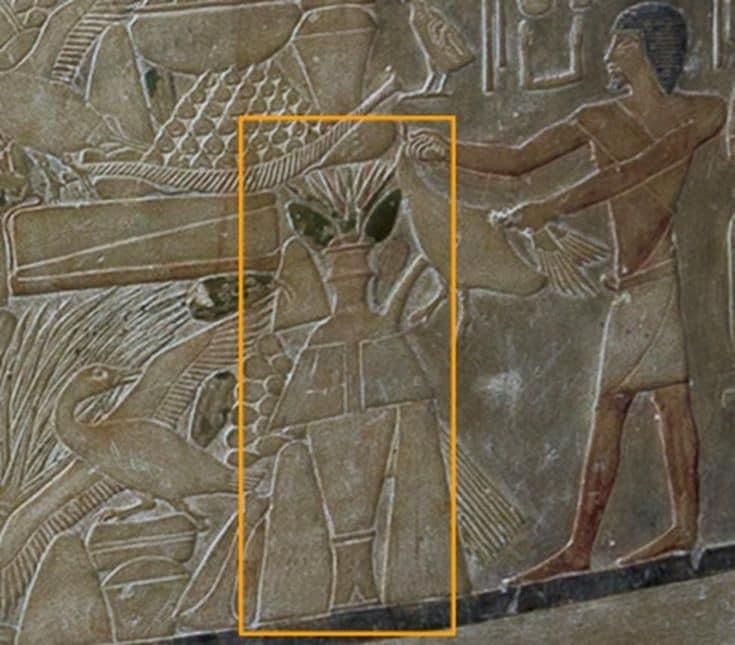
Conspiracy theories and claims of ancient alien connections are not new, but the impact of the purported ancient Egyptian painting has been significant. It has spurred a resurgence of interest in alternative historical narratives, blending science fiction with historical speculation. The fear and panic associated with the idea that ancient Egyptians were aliens reflect the profound impact such narratives can have on popular imagination, even in the absence of concrete evidence.
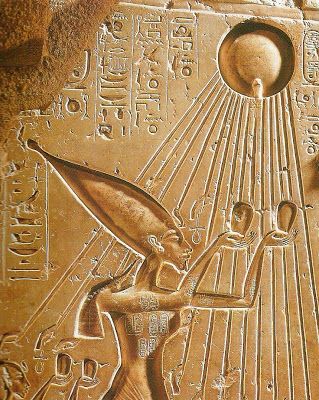
As researchers and scholars navigate this uncharted territory, it remains imperative to approach the claims with a discerning eye, separating fact from fiction. The study of ancient civilizations should continue to be guided by rigorous archaeological methodologies and evidence-based interpretations. While the allure of mysteries and unconventional narratives captivates the human imagination, the pursuit of truth requires a balance between curiosity and scholarly rigor
